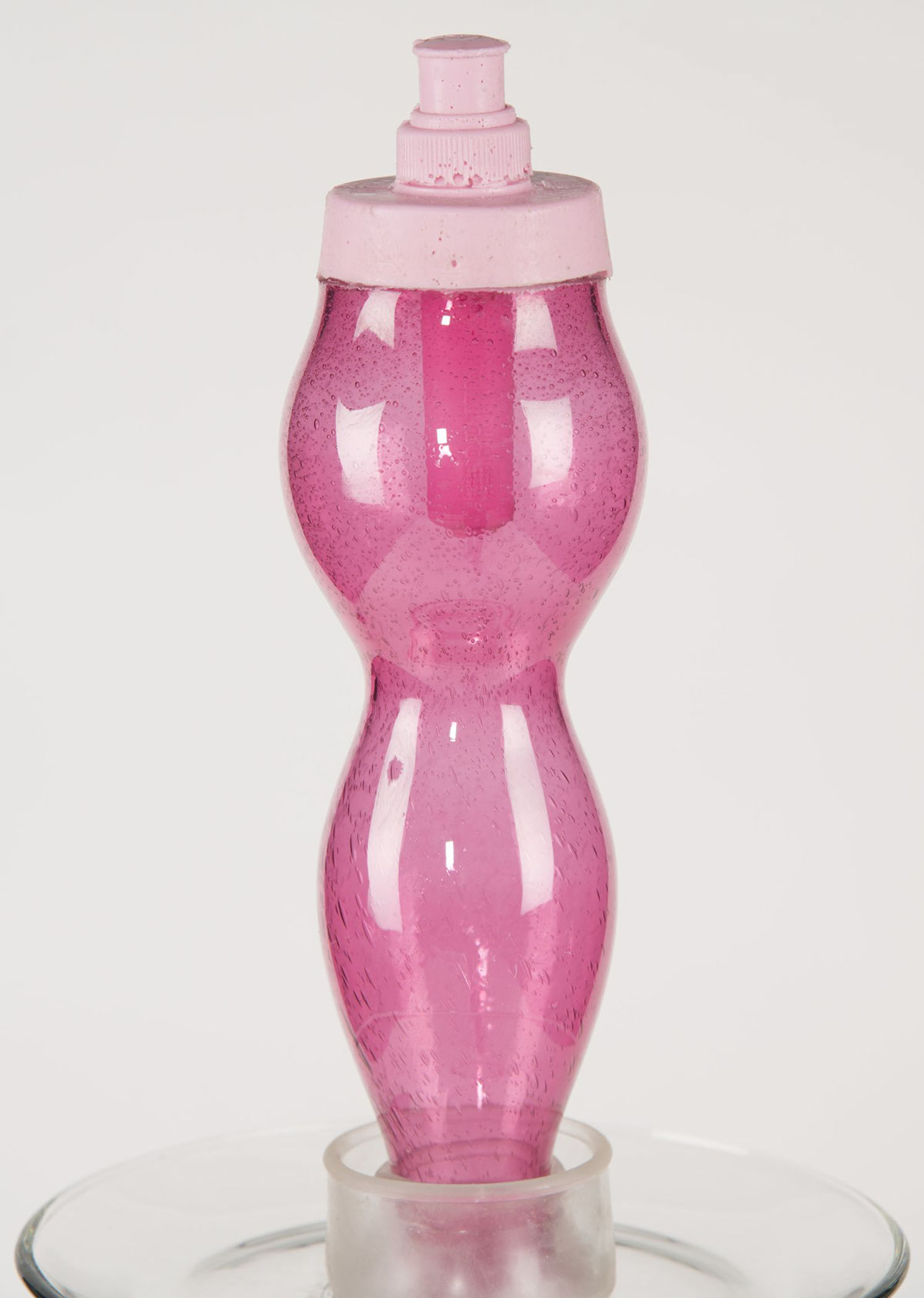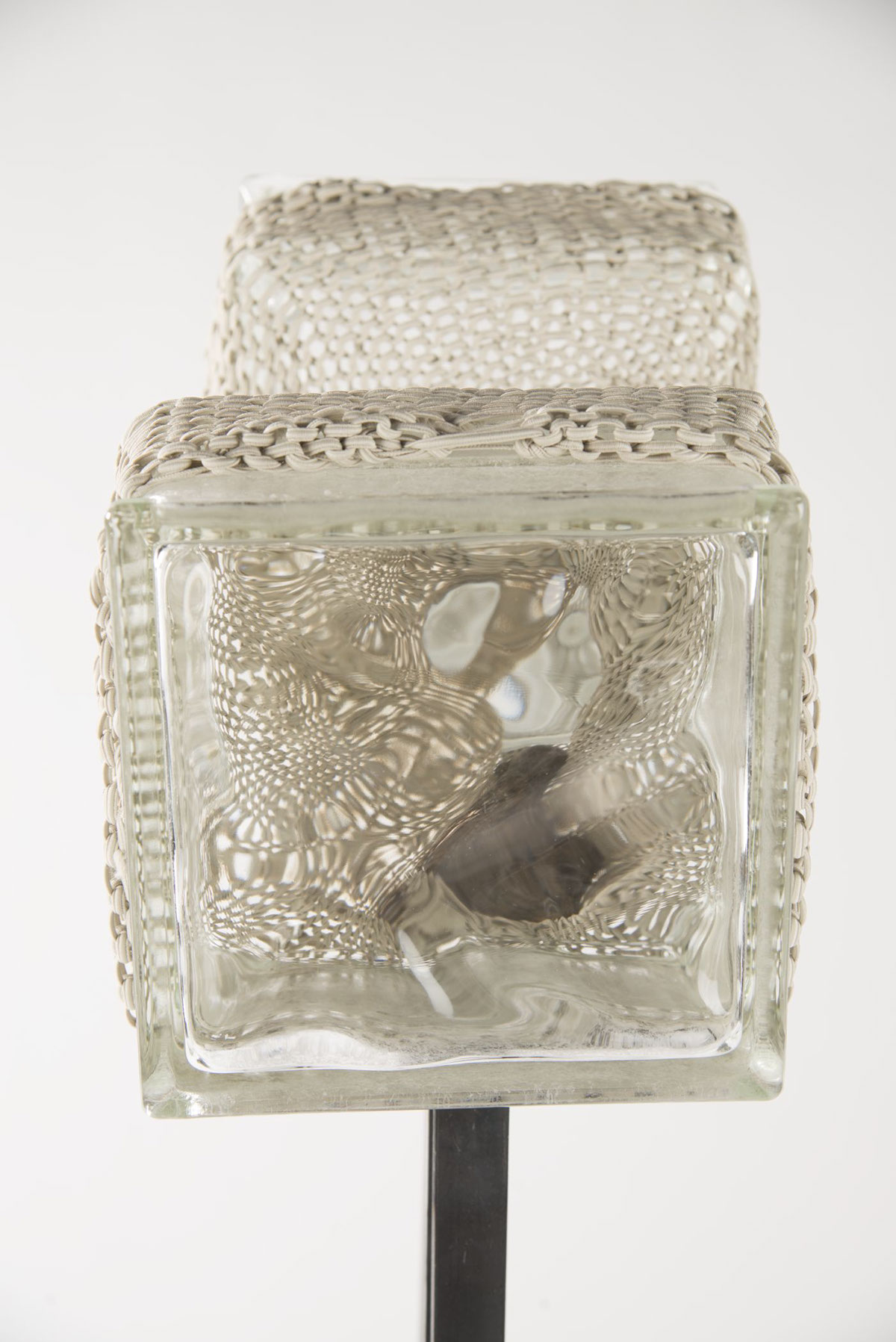
Research Question:
What is the relationship between the artist’s intention in creating an artwork and the individual viewer’s projection of their current psychological state on to the work?

Hypothesis:
I expect the artist’s intention to be as equally significant as each individual’s projection. Therefore, the artist’s intended score should be approximately 50% off from the average response. There will be significant standard deviation, or disagreement, amongst individual responses.

(detail)

Procedure:
Develop a coding system based on frequencies and measure the following. Tally the respective category each time a relevant response is made. If a response is relevant to more than one category, tally all that apply.
1.) Order in which stimuli are engaged
2.) Type of interaction (physical, emotional, discursive)
3.) Quality of stimulus perception (detail, whole, omission, addition)
4.) Physical determinants of the stimuli responded to
5) Concepts (in reference to: human, part-human (having some human qualities), animal, part-animal (having some animal qualities), art, anthropology, architecture, food, nature, geography, botany, sex, anatomy, death, explosion, science and technology, masculinity, femininity).
6) Concept trend (Abstract, Functionality, Concrete, Fabulated (Fantasy), Symbolic, Syncretistic (overly inclusive), Chain, Egocentric (Personal Anecdote)
Note speech patterns, movement and interaction with the created environment.

(detail)

Introduction:
“Thank you for participating in this study. The goal of this study is to quantify the responses of each viewer individually to the various stimuli presented in order to quantify the relationship between maker, object, and viewer. I would like to begin with free association. You may engage with the stimuli in as discursive or physical a manner as you please.”

Data Analysis:
In the space designed to function as both art installation and psychotherapist’s office, one can see from the data that there was a strong tendency towards emotional response, movement of the objects, symbolic, functional and abstract concept trends, as well as a large range of specific conceptual associations for each stimulus. Here, the problems of the conventions of group criticism in art were largely eliminated, but those of psychotherapy were introduced, including the clinicians bias due to leading questions and environment, second-order projection (the bias of in clinician influencing the recording of data), the and controversial impossibility of quantifying behavior.

(detail)

At the gallery space, Area 405, the engagement with the work was primarily discursive with rather insignificant, hesitant emotional and physical interaction. The conceptual range regarding the objects was limited and the attention was turned to the data itself. I hypothesize that this is due in part to the inherent group polarization in the widely embraced group critique process. This occurs when dominant points of view produce a shift towards more extreme decision making than would be arrived at individually. This often leads to groupthink, or an emphasis on concurrence at the expense of critical thinking.

(detail)

